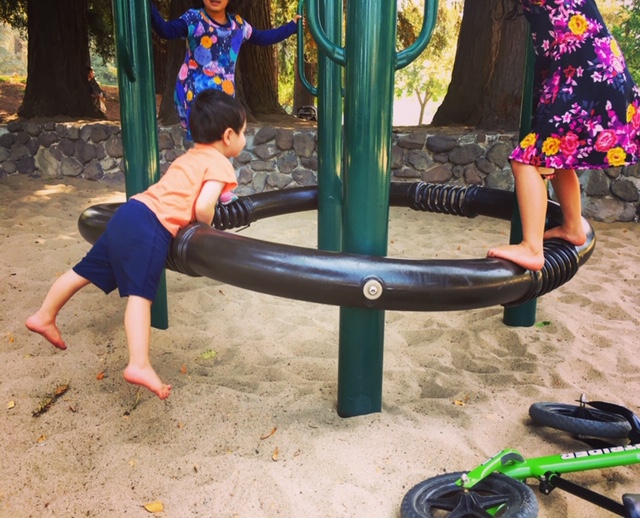3 Ways To Encourage Curious Problem Solving
Through my experiences with children, including being a Mama and working with families - it is so clear to me that children - even babies - are naturally curious and eager to problem solve. Have you noticed this too?
Most of us want to encourage curious problem solving. Of course! But sometimes, especially with babies, it’s hard for us to know when or if we should help a child through a struggle, and how much help to offer.
These might be the times when our baby is having trouble rolling over, or our toddler is frustrated with a puzzle, or perhaps there are two toddlers who are pulling on the same toy. I share my own experiences on Instagram and Facebook, if you’d like to be friends?
These are the situations that are rich with problem solving opportunities!
Can you think of a time when you weren’t sure how much help to offer when you noticed frustration?
We want to find a balance of helping our children when it's needed, but also allowing our children to build their own confidence and problem solving skills. We want them to see that they can handle age-appropriate challenges, and that we're there to support them when they need it.
There is no "correct" way to handle these situations. There will be times when we help a little too much than what a child needs to figure it out, and instances when we help too little and it leads to more frustration (I've experienced both).
- Sometimes Waiting IS Help: Waiting before zipping in to intervene can allow more opportunity for our children to problem solve their own frustration, and build self-confidence. We can acknowledge their experience and stay close by. This might look like, "you sound frustrated, you're trying to get that puzzle piece in and it won't fit..."
Then, wait and see what happens. You may be surprised when a solution is discovered, even if it's not the one you thought of.
2 - Sportscast The Struggle. This is so helpful, especially when children are learning how to share. This means, voicing out loud what is happening in an objective yet compassionate way so that children can process it, including the emotions behind the struggle. We stay close, our hands ready to block any hitting, yet we allow children to have the experience and find their own solution. This might sound like, "you both want the doll, Jake is pulling on it and Sally is pulling on it too. You are both upset!...."
Part of this also means opening ourselves to solutions we didn't expect, or find fair. There is much to be learned no matter what ends up happening. If you follow Magda Gerber's RIE philosophy or Janet Lansbury, you might have heard about this strategy already, or have practiced it at home! Here are 5 benefits....3 - Help Further When It Feels Right. If you've waited, acknowledged their feelings, and sports-casted, and frustration is building, definitely help further. This might look like offering some help (rotating a puzzle piece but allowing your child to put it in place). Or helping completely when you notice intense frustration (your child is stuck while trying to roll over and is quite upset).
As always, do what feels right for you and never second guess yourself when it comes to safety. You are the expert of your own children, and know what's best for them.
Jesse xo
Ways we can connect:
I offer Private Coaching sessions here.
Wonder Wednesdays LIVE at 10am on Instagram
A free, made for you mini-series full of rich independent play ideas. You will receive a series of emails with delightful practices here.

